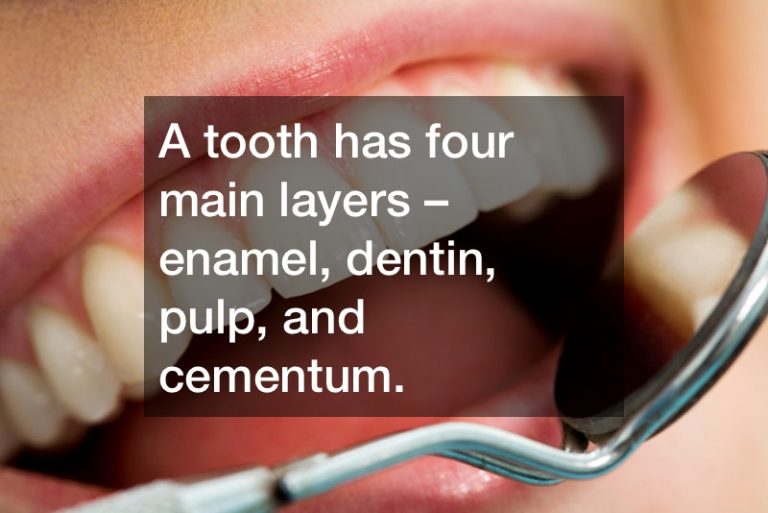
A tooth has four main layers – enamel, dentin, pulp, and cementum. A root canal procedure is performed when the pulp, the innermost part, is infected or inflamed. This happens due to tooth decay or a crack in the tooth. A root canal procedure is performed by an endodontist or a general dentist.
The pulp is removed, and the area is cleaned, shaped, and filled. The filling is a rubber-like material, and a crown is attached in a subsequent visit. Root canals can take about two or three visits depending on the severity.
“Can I drive after root canal?”, “Can I drive home after a root canal?”, or “Can you drive yourself home after a root canal?” are common queries that patients have. It’s OK to drive as long as you don’t have any dizziness or drowsiness afterward. Wait for a bit before getting behind the wheel.
Gum swelling after root canal is common, but if it persists and there is significant pain, inform your endodontist immediately.
After your root canal procedure, it’s imperative to follow your endodontist’s orders regarding what to eat, how to avoid pressure on the area, and how to maintain oral hygiene. Don’t skip your follow-up checks.
With modern advances in dental technology, there are plenty of compelling reasons to visit your family dentist – before any discomfort begins, or worse, before it becomes a dental emergency. Here we debunk a few of the most common myths about root canal therapy (endodontics), cosmetic dentistry and emergency dental care.
Myth: A root canal is the only alternative to tooth extraction for saving a tooth.Truth: Alternative Root canal treatment may be indicated under certain circumstances, such the source and severity of the tooth’s infection. Often, there are other factors, such as a periodontal (gum and bone) infection present, that may not indicate a patient’s need for root canal.
Myth: A root canal cannot be performed by a dentist if you have dental crowns.Truth: Your family dentist will make a proper diagnosis and recommendation based on your existing tooth structure, including any existing cosmetic dentistry. If it is determined that you need a root canal, or an alternative root canal procedure, a temporary crown may be indicated before any necessary tooth restoration. New dental crowns may be indicated depending upon the location in the mouth, and the health of surrounding teeth.
Myth: A visit to an emergency dentist is an alternative root canal treatment because it eliminates painful symptoms.Truth: A dental emergency does not replace a patient’s need to keep ongoing appointments with a family dentist. It is only a temporary fix. A follow up visit will be necessary to discuss treatment options, including a root canal or root canal alternative to address the source of the infection. If left untreated, and infection can spread to other parts of the body.
Myth: A tooth extraction prevents a patient from future cosmetic dentistry procedures.Truth: Root canal or root canal alternative procedures that address the infection in tooth’s nerve anatomy will help prevent complications,not cause them. Saving a tooth is far more desirable than a tooth extraction; an existing tooth is more esthetically natural, and even if it has had root canal treatment, it can be an important “anchor” for cosmetic dentistry procedures.
Myth: Pain after root canal is a sign of an unsuccessful Truth: It is the infection of the nerve inside the tooth (pulp) that causes a patient’s pain. Mild discomfort from root canal or alternative root canal can be compared to other minor dental procedures, such as getting a cavity filled. Once the infection is cleared up, often with supplemental antibiotics, tooth pain dissipates because the canal is filled and blocked from further nerve inflammation.
Myth: A specialist in root canal dentistry is necessary for every case.Truth: All dentists are trained to perform root canal or alternative root canal procedures. Specialists in the dentistry field of endodontics are referred from a family dentist if necessary, and sometimes other specialists, such as a periodontist (gum and structure specialist) are consulted if the tooth has other complications.in order to assess the prognosis and ultimately save the natural tooth.
Resources for patients are available from a number of sources to explain endodontics and alternative root canal procedures. An authoritative and friendly source is from the ”https://www.aae.org/patients/root-canal-treatment/what-is-a-root-canal/root-canal-explained/” American Academy of Endodontics .

